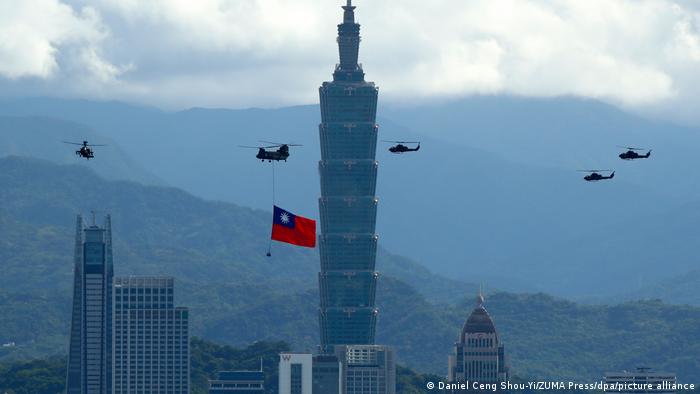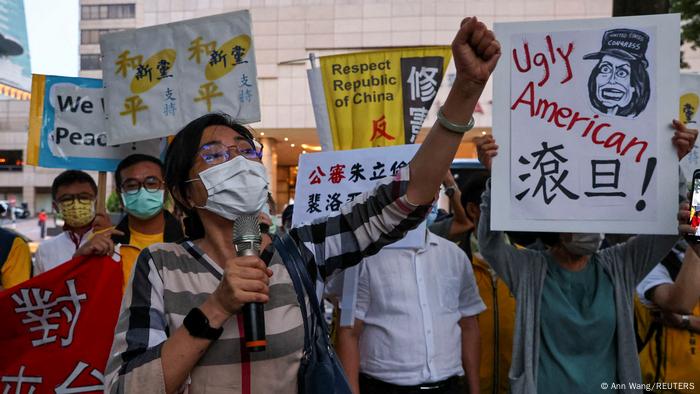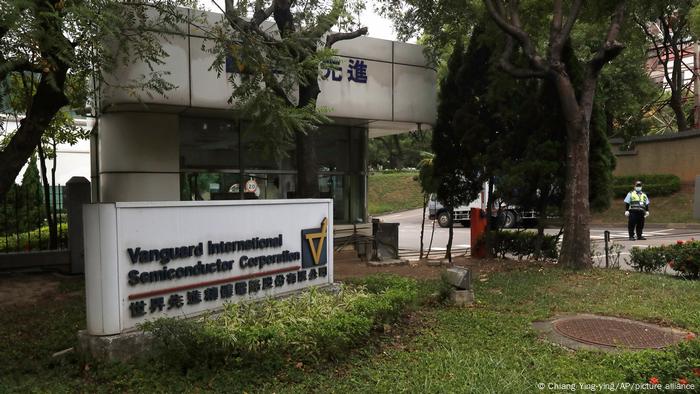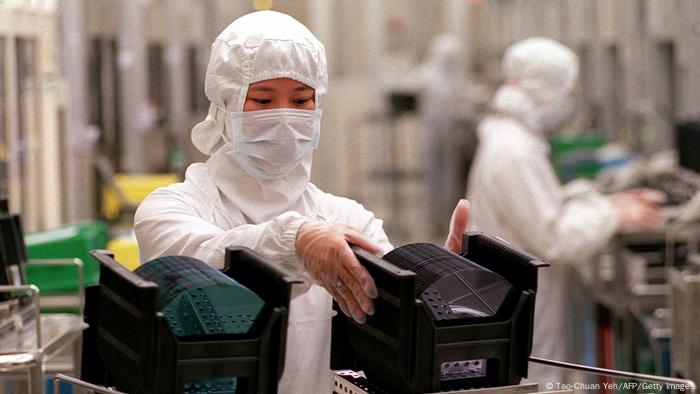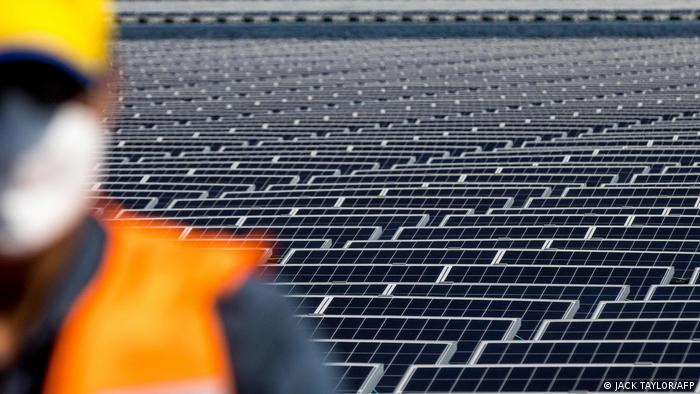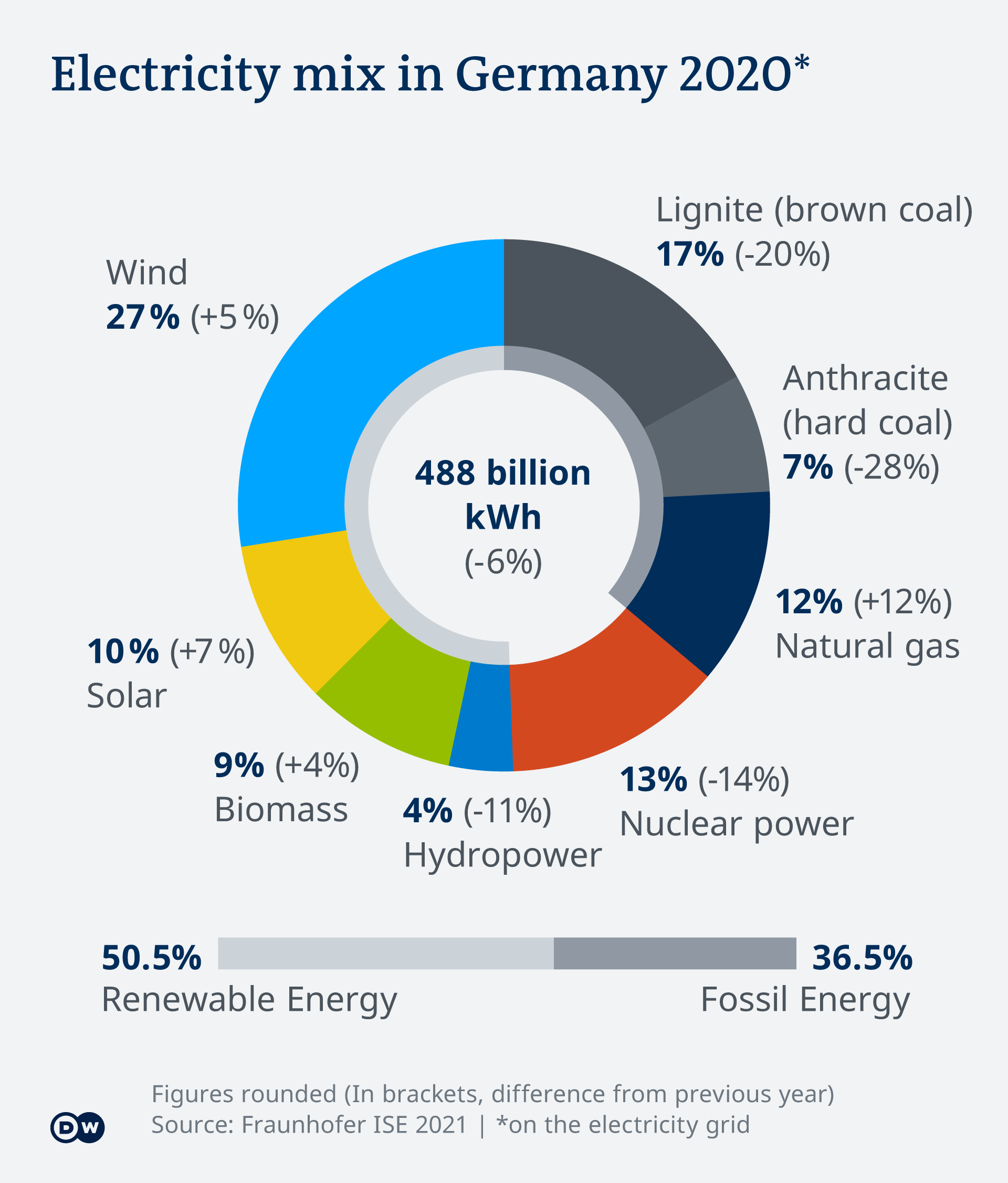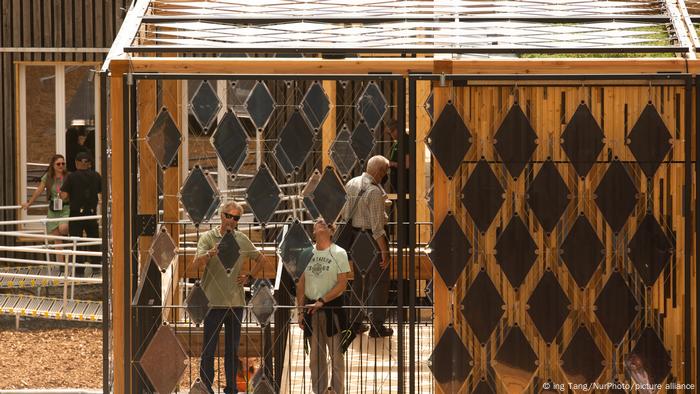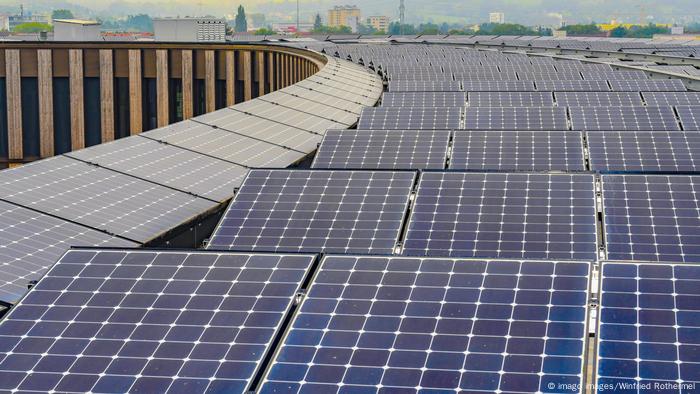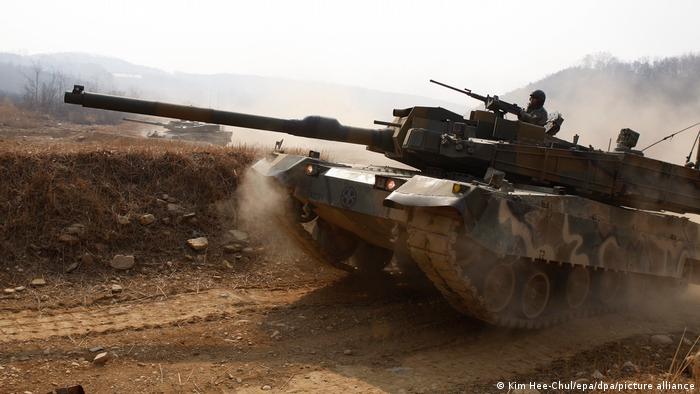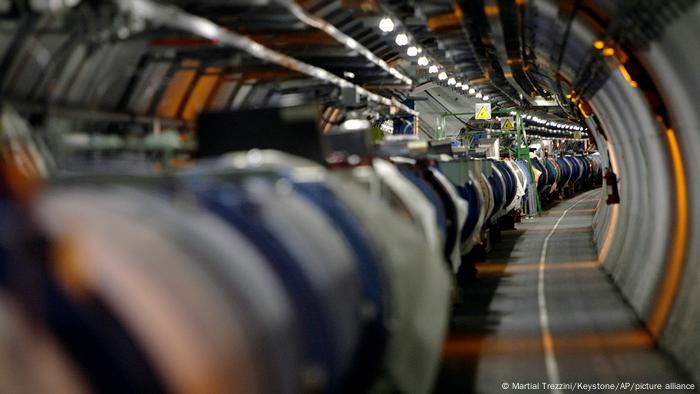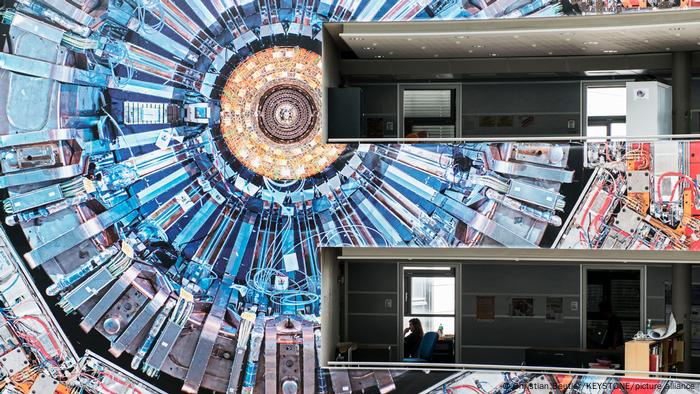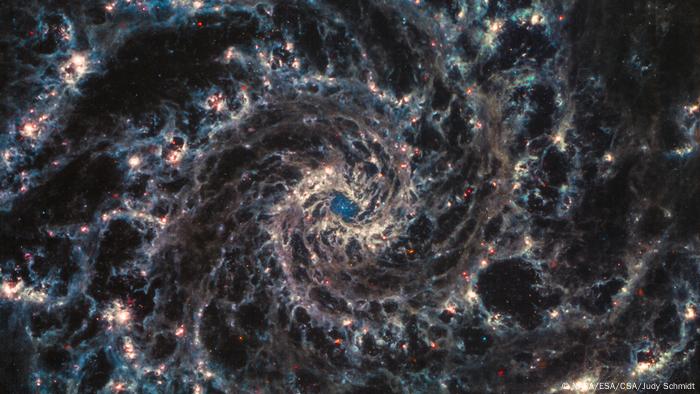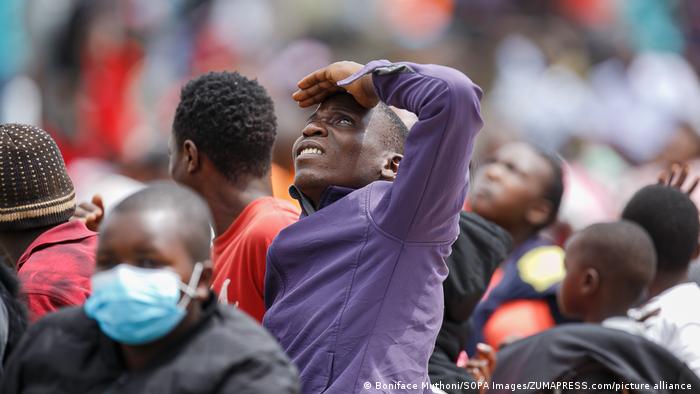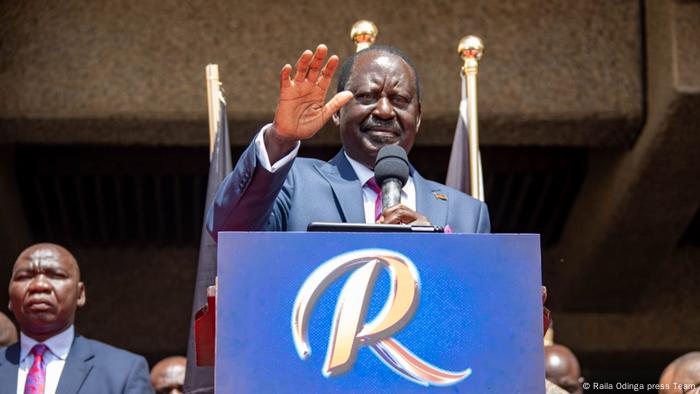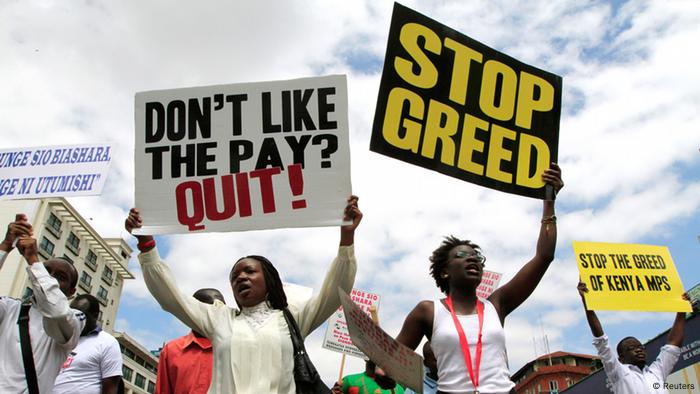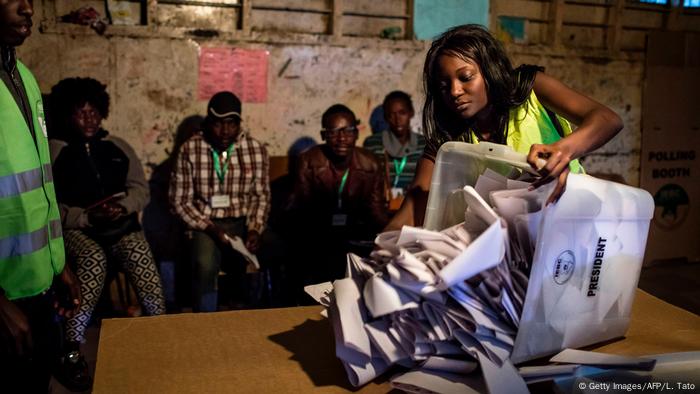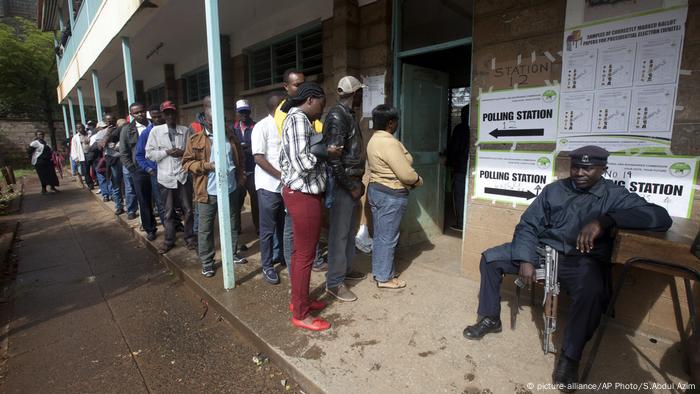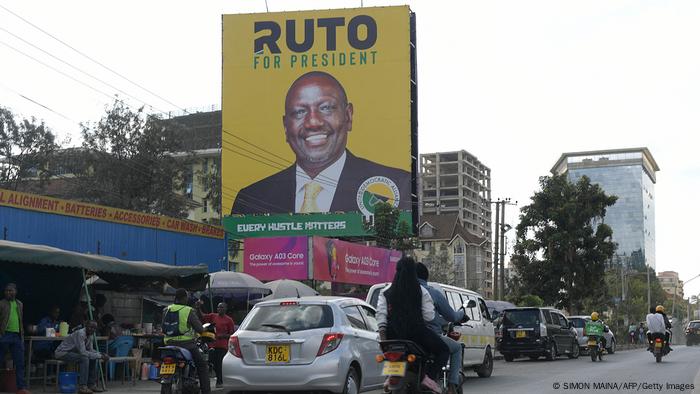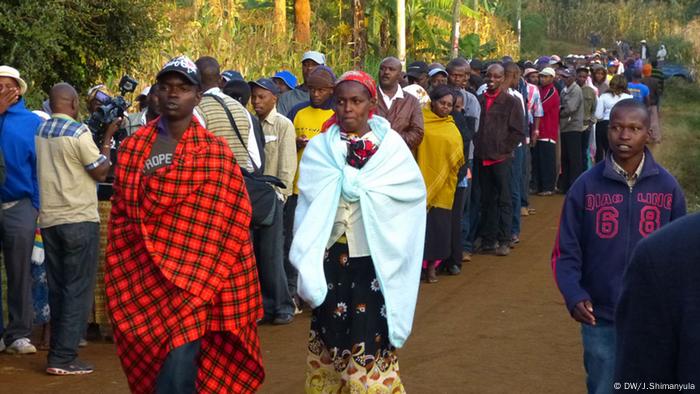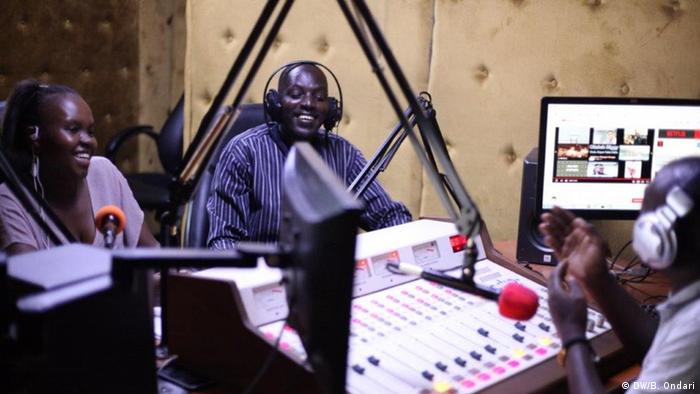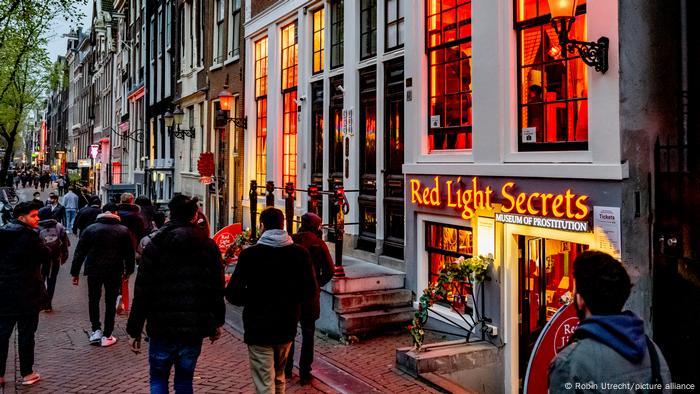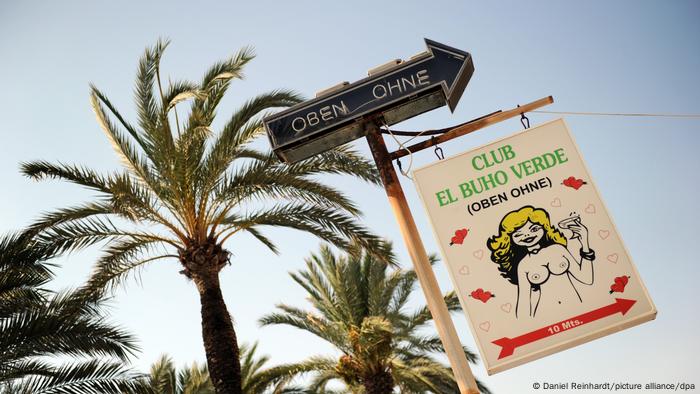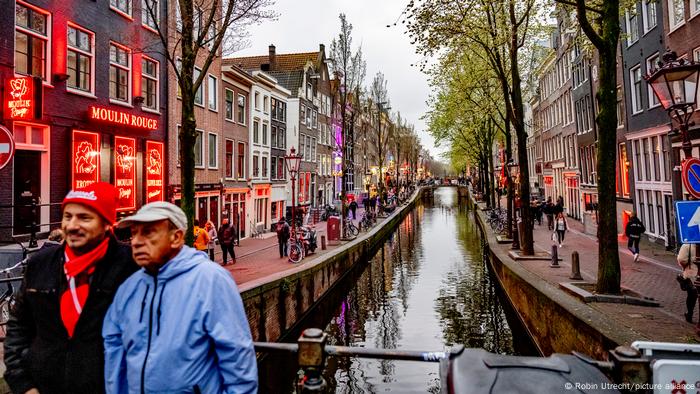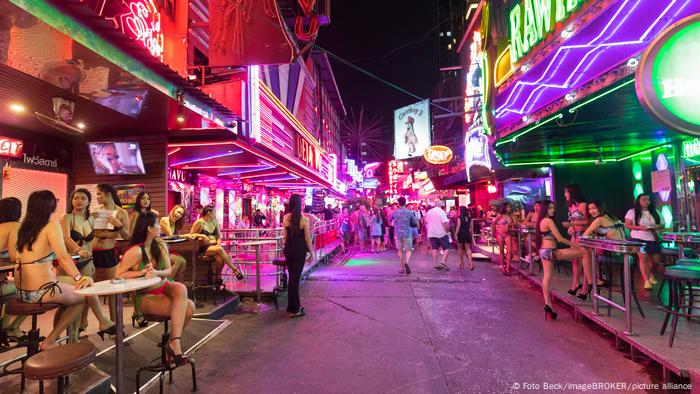Ana FERNÁNDEZ
Mon, August 8, 2022

In mid-May, Paula Sevilla and her roommates joined the many New Yorkers suffering under the city's crushing housing crisis, which has seen rents soar in the pandemic's wake.
The tenants argued their landlord had violated rules requiring sufficient notice but ultimately were told if they would have to pay an additional $800 per month if they wanted to stay at their Brooklyn rental.
Sevilla and one roommate began a grueling search for new housing in a market that over the past year has spawned countless apartment search horror stories.
After two months of searching, some 30 apartment visits and constant stress, they finally found a two-bedroom spot for $3,000 dollars per month.

Renting in New York has long been a struggle, but recently costs have skyrocketed, jumping an average 20.4 percent in the second quarter of this year alone, according to the housing search website StreetEasy.
And finding a home increasingly takes longer, with long lines of applicants vying for space.
"One time we lost an apartment because we turned in an application four minutes too late," recounted Sevilla, a 26-year-old originally from Spain.
- Boiling point -
Draconian prerequisites to rent in New York aren't new: earn income 40 times the monthly rent, have perfect credit history, present the last two years of tax returns and current bank balances.
And the city's housing crisis has been simmering for years, with construction of units lagging behind a growing population.

Now, as hundreds of thousands of people who fled the city during the pandemic's early days return -- along with the normal flow of transplants to America's cultural and economic nexus -- the situation is growing untenable.
There are "too many clients and not enough apartments," said Miguel Urbina, a real estate agent.
In some cases, it's not even enough to arrive first or offer more than the asking price to owners, which are often large firms or investment funds, especially in Manhattan.
Sevilla makes $75,000 annually, slightly more than the average salary in New York -- but it's not enough to rent on her own.
In New York, renters must often also pay significant broker fees to rental agents, generally at least between one month and 15 percent of the annual rental cost.
Many people who stayed in the city in 2020 and 2021 signed leases at a discount, but now many landlords are bumping those prices back up -- pushing out more than a third of tenants who can't afford the increases, according to StreetEasy.

Even New Yorkers lucky enough to live in rent-stabilized apartments -- approximately one million units and two million tenants, according to city data -- are not immune to the increases.
Those rents can only be raised based on a vote by the city's rent guidelines board, whose members are appointed by the mayor.
For eight years under Bill de Blasio, the highest increases were 1.5 percent for one-year leases -- but under the board appointed by new mayor Eric Adams, rents are set to see their sharpest rise in nearly a decade.
In June, the board approved a 3.25 percent increase for one-year contracts and five percent for two years, which will affect many of the city's residents with limited means and triggered outrage among housing rights advocates.
- 'Staggering financial burden' -
Manhattan families spend some 55 percent of their income on rent, a figure that is 43 percent in Queens and 60 percent in Brooklyn, according to StreetEasy data.
"Rent is becoming a staggering financial burden," read a recent report from the online real estate portal.
Gia Elika, the owner of a real estate agency, says average rent in Manhattan is some $5,000 a month -- but in a city of stark class division, some agencies are offering monthly rents of $140,000 on Fifth Avenue.

The shocking price tags are driving more middle-class families and young people like Sevilla to seek housing in neighborhoods historically occupied by immigrants, Latinos and African Americans, fostering relentless gentrification.
Elika told AFP that while "there is always a shortage of housing" in New York, "now it's magnifying" with unprecedented prices.
According to the Washington-based policy research group Up For Growth, in 2019, the New York metropolitan area needed some 340,000 more units.
Rising interest rates in the face of rampant inflation has aggravated the crisis by pushing would-be buyers to rent, in a market "hampered by historically low inventory," according to Lee's report.
Decades-old zoning restrictions limit building size in some areas is one barrier, along with construction costs, limited public housing and legislative foot-dragging that has seen state and local politicians largely put off solving an increasingly pressing problem.
And the outlook is grim: much of the skyscraper boom in Manhattan has been for luxury and commercial purposes, and despite high-rise construction in Brooklyn, Queens and New Jersey, agents don't foresee prices to quit rising any time soon.
af/mdo/to
Vegas-based rental firm faces probes over pandemic evictions
Wed, August 3, 2022
LAS VEGAS (AP) — A Las Vegas-based corporate owner of thousands of residential rental properties in several U.S. states is facing investigations about whether it improperly evicted tenants during the coronavirus pandemic, while it received millions of federal dollars aimed at keeping people in their homes.
Probes of The Siegel Group announced by Nevada state Attorney General Aaron Ford’s office and Clark County officials followed findings by a congressional oversight panel that company executives used "potentially unlawful" tactics last year to force tenants out.
“Siegel’s pandemic eviction practices were uniquely egregious,” the U.S. House Select Subcommittee on the Coronavirus Crisis said in its 41-page report. It said documents showed “harassment tactics and potentially unlawful lockouts to push tenants out of their homes without filing formal eviction actions.”
“Siegel received at least $5.5 million in federal assistance to offset pandemic costs and tenant rental arrears as it flouted tenant protections,” the report said.
Sean Thueson, Siegel Group executive vice president and general counsel, provided a company statement Wednesday saying Siegel was not “called or interviewed” for the House committee report.
“The Siegel Group has and always will try to run the most dignified rental housing business we can,” the statement said, adding that the company “has at all times been committed to abiding by the letter and the spirit of the law applicable to our operations.”
The congressional panel looked at evictions filed through July 2021 by subsidiaries of The Siegel Group and three other companies: Ventron Management, with apartments in Georgia, Florida and Alabama; Pretium Partners, corporate parent of Progress Residential and Front Yard Residential with rental homes in 24 states; and Invitation Homes, a publicly traded company with single-family rental houses in 11 states.
It said Siegel executives advised subordinates to “bluff” tenants out of their apartments by confusing them about protections they had under a federal Centers for Disease Control and Prevention eviction moratorium — including posting copies of a court order suggesting the CDC eviction moratorium was no longer in effect.
A national eviction moratorium enacted in September 2020 by the CDC was lifted in August 2021 after a ruling by the U.S. Supreme Court.
In another case, the House panel said, a Siegel executive sent to employees in Texas a list of strategies to "‘get rid of’ a ‘past due’ tenant without obtaining an eviction order from a court," the congressional panel found.
Instructions included replacing the tenant’s air conditioning unit with one that didn’t work, asking state child welfare officials to investigate the tenant, and having security knock on her door “at least twice at night,” the report said.
Ford, the Nevada attorney general, characterized the report as “shocking and disturbing.”
"Evicting people from their homes during one of the most disastrous public health crises in our nation’s history is not only irresponsible, but offensive,” he said in a statement.
A Nevada eviction moratorium was first enacted in March 2020 amid business closures due to the pandemic by Gov. Steve Sisolak. The state moratorium was extended several times and ended in May 2021. Ford and Sisolak are Democrats.
Ford said the state “worked with tenants and landlords, including Siegel Suites, to ensure compliance with the directive."
County officials want to review rental assistance provided to Siegel Suites and Siegel Select hotel-apartment units in and around Las Vegas, and “remedy any wrongs," Dan Kulin, a county spokesman, told the Las Vegas Review-Journal on Monday.
Kulin did not immediately respond Wednesday to messages from The Associated Press.
Siegel Suites rents apartments beginning at $169 a week in states also including Arizona, New Mexico, Texas, Louisiana and Mississippi. It markets rentals as “flexible-stay” because it does not require a long-term lease.
The congressional panel noted the Federal Trade Commission and Consumer Financial Protection Bureau “warned against deceptive and unfair business practices" during the pandemic, but said it "is not clear that enforcement actions were prompt enough to deter such behavior from causing tenants to lose their homes.”
Ken Ritter, The Associated Press


